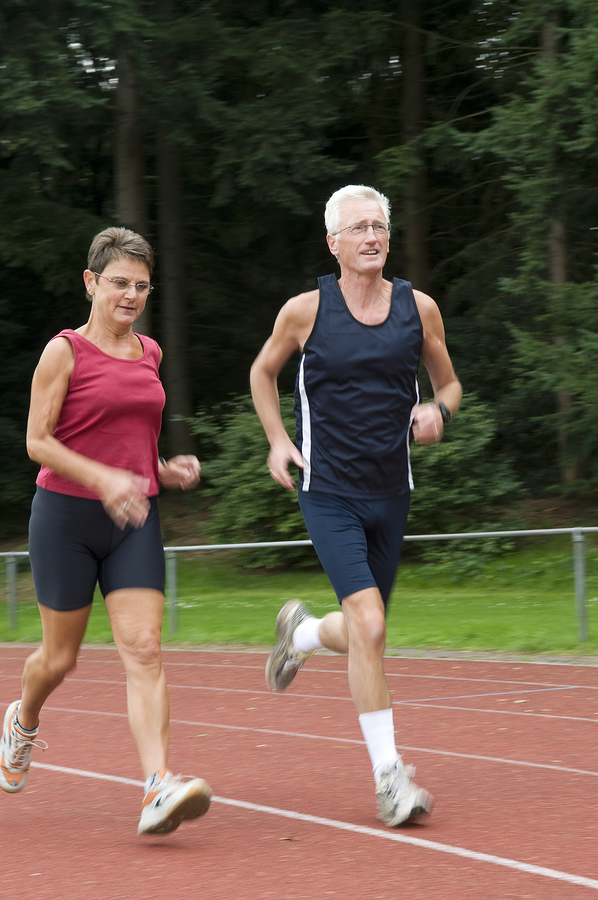Exercising in the Heat
 By: Mindy Herzog
By: Mindy Herzog
Exercising in the heat can be dangerous. When Mother Nature turns up the heat, as many of us are experiencing now, it is important to take the proper precautions. Continuing your exercise program as you normally would can and will be dangerous. Keep in mind the following when exercising in the heat:
Temperature
The best time to avoid exercising outdoors is between 10 a.m. and 4 p.m. when the exposure is the strongest. If the mercury level rises above 85 degrees F, you may want to consider exercising later in the day or beating the heat by exercising earlier in the day.
Explanation: As you exercise your body produces large amounts of heat that must be dissipated. If it isn’t, then the body’s temperature will continue to rise to dangerous levels. High temperature and humidity impede the body’s natural ability to dissipate heat.
Temperature Tips
·Choose clothing that will allow heat to escape from the body. Fabrics like coolmax work well to wick away excessive sweat and keep the body cooler. You should choose lightweight, loose fitting, and light colored clothing. Avoid wearing excessive clothing, such as sweat pants and choose shorts instead.
·Reschedule exercise for a cooler time of day
·Exercise in an area that is mostly shady, maybe a trail or wooded area. Exercise indoors where there is air condition.
·Since your heart rate will increase in heat, slow your workout down and add rest breaks to keep close to your target heart rate.
Hydration
Do not deny your body liquid! Especially in the heat, it is very important to stay hydrated. Fluid replenishment before, during, and after exercise is very important to help keep the bodies system cooled. Always drink more than you think you need. Strive for 6 to 8 ounces of fluid every 15 to 20 minutes of exercise.
Hydration Tips
·Consider purchasing a hydration pack, such as a Camelback (product name), which holds a certain reservoir of water. You can then exercise with the pack on and stay hydrated as you go.
·Consider hip packs that hold water bottles. There are also hand mechanisms that loop on the hand or wrist so that you can run with a water bottle.
·If staying out for longer than 60 minutes, consider a mix of a sport drink to replace electrolytes.
·Consider planning your workout or run through an area that you know has several water station stops.
·Don’t wait until you are thirsty to rehydrate
·Use the color of your urine as a gauge of your hydration level, the color should be a very light or pale yellow
Heat Acclimatization
If you are traveling to an area that will have extreme heat conditions that you are not used to, acclimatize yourself to the environment. Gradually go out each day with short exercise bouts. The acclimatization process can be completed in 7 to 14 days of repeated heat exposure. Remember to adhere to other regulations of exercising in the heat.
Sunscreen
Wear it. Protect yourself with an SPF of 15 or higher and choose a sport screen or one that is waterproof. Nothing is more disturbing than going out for a run only to have sunscreen sweat into your eyes. Put sunscreen on about 20 minutes before you head outdoors. Don’t forget your ears, lips, and head if it’s exposed.
Rest
Know when to say no to exercise. Common sense is your best bet however there are many times when hard core exercisers can answer to that. If you are not hydrating during your run in excessive temperatures you will fall to heat illness or have a set back in your program. If you feel faint or extremely overheated, find an area of shade and rest. Safety is best and you can go out another day.


